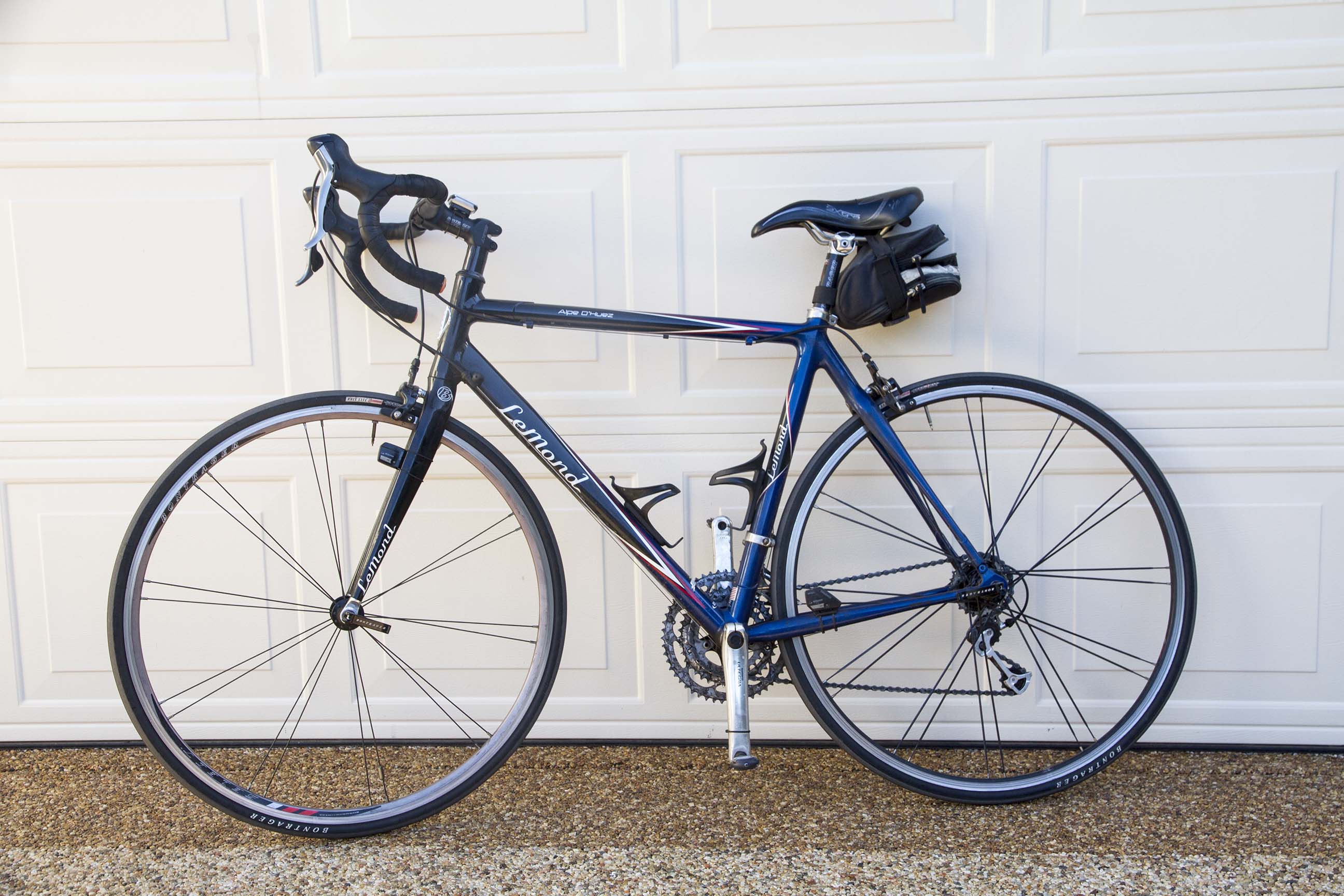The Mechanical Bicycle
Machines do things. When you use one, you need to understand what it does and have specs quantifying how well it does what it does. Modeling of machine is useful in explaining what a machine does, and specs are developed by actually using the machine.

Cycles are machines. So why model them? Are their specific things we want to understand? Here are some of the things:
- Support the weight of the cyclist.
- Provide a pedaling mechanism for the cyclist.
- Efficiently transfer pedal force to the rear wheel
- Allow the cyclist to “tune” the cycle performance by gearing
- Enable the cyclist to steer.
What should the Cycle Model explain?
If you are a Physicist trying to build a cycle model to examine what makes a bicycle stable, your model will be elaborate and complicated. However, we are interested in a much less ambitious understanding, that is how a cycle responds to a cyclist to create motion. This brings our current attention to the middle three items.
The cyclist moves the cycle by pedaling. They have gearing which can be used to adapt the pedaling ease to the riding scenario. But pedaling is far from the end of the story. How is it that feet moving at less than 5 mph in a circle generate sufficient force to enable the bike to achieve much greater forward speeds? The answer is the drivetrain which connects pedaling to the rear wheel.
Cycle Modeling
These then are our three topics of interest in cycle modeling: Pedaling, Gearing, and Drivetrain. We start at the pedals and trace the cyclist’s foot force from there, through the gearing to the rear wheel, and then to its road contact point.
Because the cycle is mechanical, we can get our results close to actual by using measurements of the bicycle components. For most bikes, these are standard and easily obtained.
Next Topic: Pedaling
